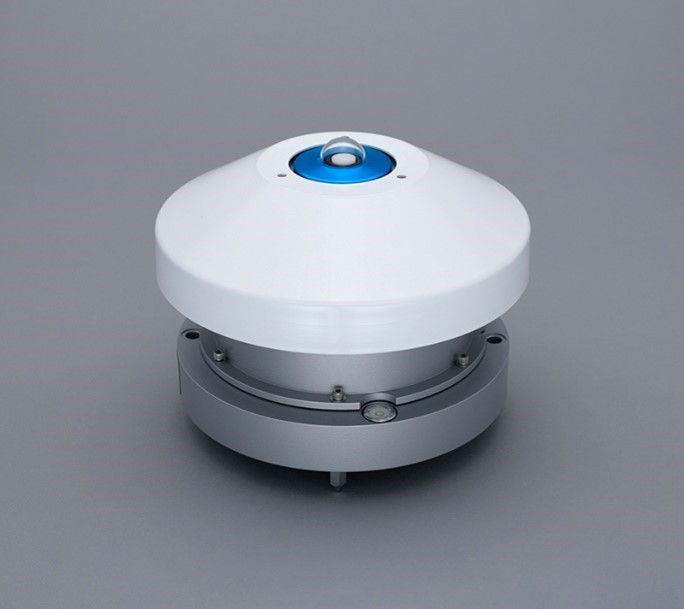
Partner: Laboratory of Atmospheric Physics, University of Patras
PI: Prof. Andreas Kazantzidis (akaza@upatras.gr)
Operator: Prof. Andreas Kazantzidis (Laboratory of Atmospheric Physics); Dr. Georgios Kosmopoulos (Laboratory of Atmospheric Physics); Dr. Orestis Panagopoulos-Kontostavlakis (Laboratory of Atmospheric Physics); Dr.Romanos Foskinis (LTE+LAPI/EPFL)
The MS-711 grating Spectroradiometer is an all-weather sensor with a temperature-controlled detector core, providing accurate irradiance measurement data within a broad spectral range (300 nm -1100 nm, UNV- VIS-NIR).
MS-711 Spectroradiometer is calibrated with traceability to the International Standards and issued with a calibration uncertainty budget. The rugged optical design of the diffusor and input optics make the MS concept superior to any fiber optic spectroradiometer which will be susceptible to mechanical vibration and handling. The MS spectroradiometers are designed for permanent installation but are also suitable as a traveling reference.
Measuring spectral irradiance is a must to understand the effect of the non-uniform energy distribution of the sun. Since the solar spectrum varies as a function of air-mass and composition of the atmosphere, the MS-711 reveals those details. While thermopile pyrheliometers and pyranometers are most suitable to quantify the total DNI or global radiation (W/m2), spectroradiometers give detail about the energy distribution (W/m2/nm), which is most important for PV or CPV cell research and performance analysis.